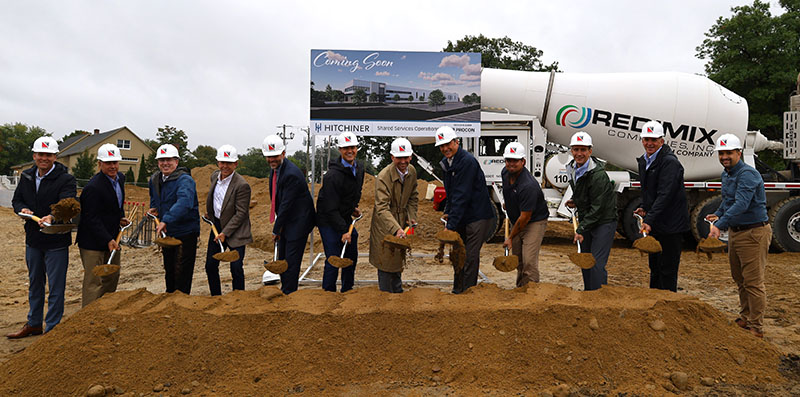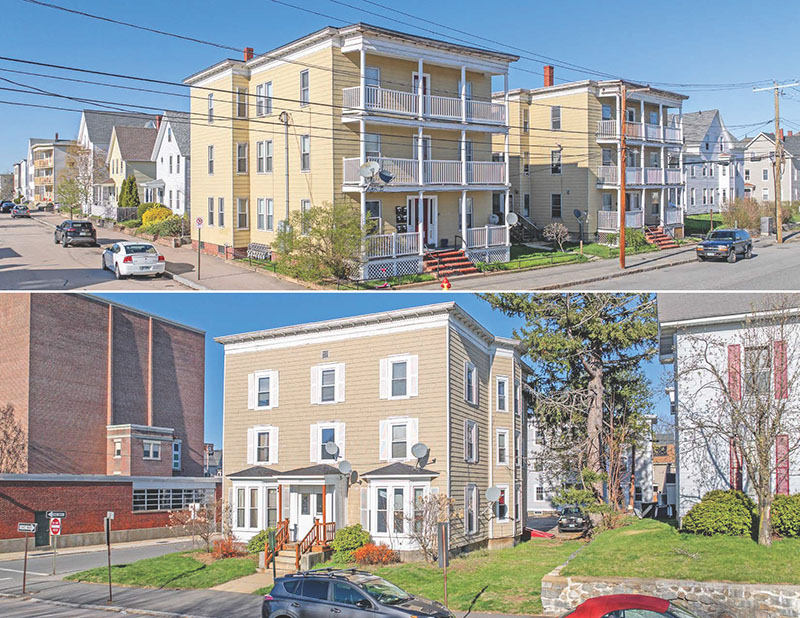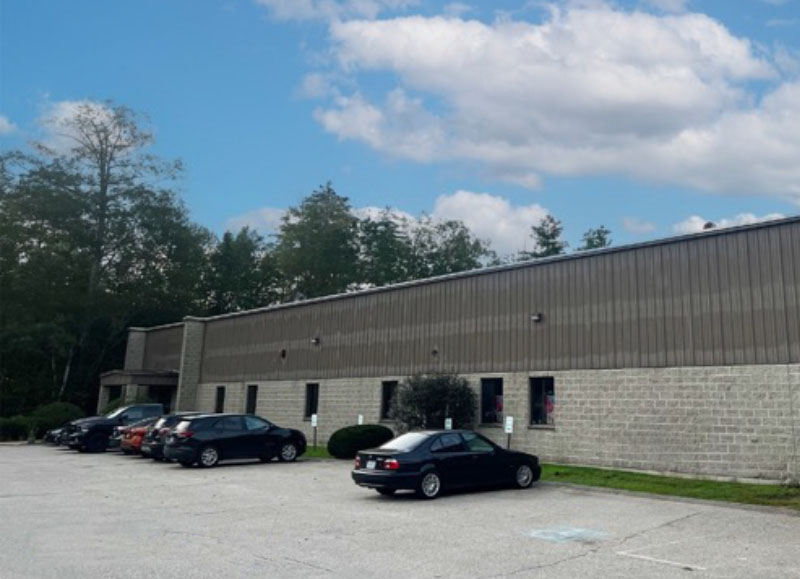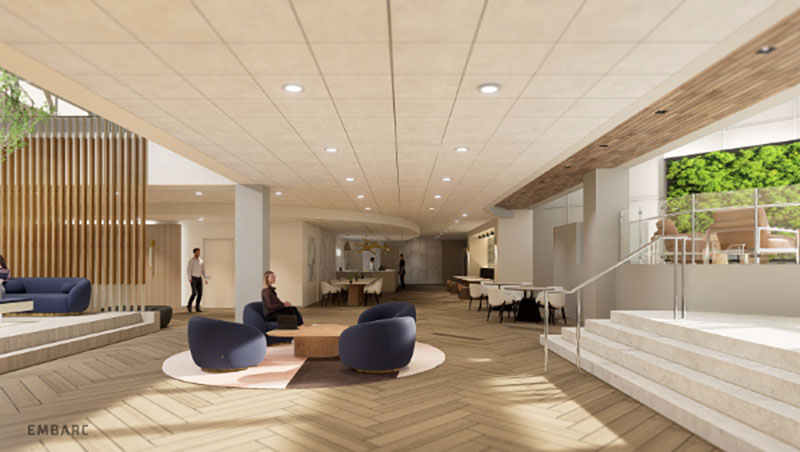News: Northern New England
Posted: September 6, 2012
Capital markets: It does appear that the life insurance industry has benefited from the travails of CMBS
At a recent NAIOP breakfast meeting a panelist was asked why we haven't seen bedlam in the CMBS market over maturity defaults. The answer given was something to the effect that QE 1 and QE 2 had allowed the banks to dodge the bullet. Nothing could be further from the truth. The fact is that we continue to face huge maturities in the coming years. Special servicers in the CMBS world have "kicked the can down the road" by extending maturities of issuances. They have the right under trust indentures to do so one year at a time for up to three years. In fact there is over $700 billion in maturities headed our way in the next 5 years with the bulk of those maturities coming in 2015, 16 and 17.
Over $500 billion of this debt was originated between 2005 and 2007. These differ greatly from prior CMBS in several significant ways. The majority of these loans are interest only, have little or no reserves, have very little lender protection and have low to negative debt service coverage. What if rates move to historical averages in the 7% to 8% range when this wave of maturities hits? Most will fail to underwrite, and more than likely borrowers will lack the liquidity to re-balance their debt. Thus leading to either equity needs from other sources or transfers of property in Herculean amounts. If you are a borrower in these pools, it would serve you well to realize the circumstances and begin now to plan for your cash and equity needs when you face maturity. There is no room for rates to move any lower. Treasury rates for both 5 and 10 year money are at 60 year lows.
Yet another issue facing the industry is the continued level of defaults on existing issues when compared to other sources of mortgage money and the high level of loss experience once a default occurs in CMBS. Nearly 10% of outstanding CMBS is now in default. Losses, once deal defaults are typically in the 50% range. This loss experience is making buyers of the product wary
It does appear that the life insurance industry has benefited from the travails of CMBS and volumes are at historic highs. The dearth of capital availability has allowed the industry to become very selective with underwriting and more conservative in loan to value with most lenders staying below 70% of appraised value. The historically low level of interest rates is however leading to floors being set for even the best deals in the low 3% range. Some in the industry have chosen not to play at these rate levels, but for the most part commercial mortgages still enjoy a better return than other investment alternatives. Most chief investment officers are choosing to stay and play in the arena.
The challenge today is not rates but loan amount. CMBS still offers the most proceeds but at significantly higher rates, and volume to date is clearly off from its peak. Issuance to date is approximately $20 billion compared to the peak in 2007 of nearly $250 billion. CMBS 201 or 301 continues to truss up borrowers with lock boxes, MAC (material adverse change) clauses, inability to lock rate, large escrow requirements and uncertainty of proceeds until the day of closing. Nonetheless for borrowers needing 70% or higher financing, it remains the only alternative.
James Murphy is a senior vice president and managing director with NorthMarq Capital, LLC, Boston.
Tags:
Northern New England
MORE FROM Northern New England
PROCON and Hitchiner break ground on 57,000 s/f shared services operations facility
Milford, NH Hitchiner, in partnership with PROCON’s integrated design and construction team, has officially broken ground on a new 57,000 s/f shared services operations facility at its Elm St. campus. This building will house value-added services used across Hitchiner’s various business units,

Quick Hits







.png)